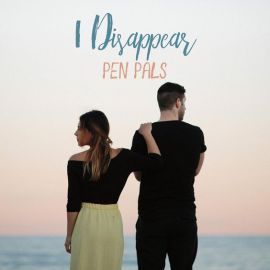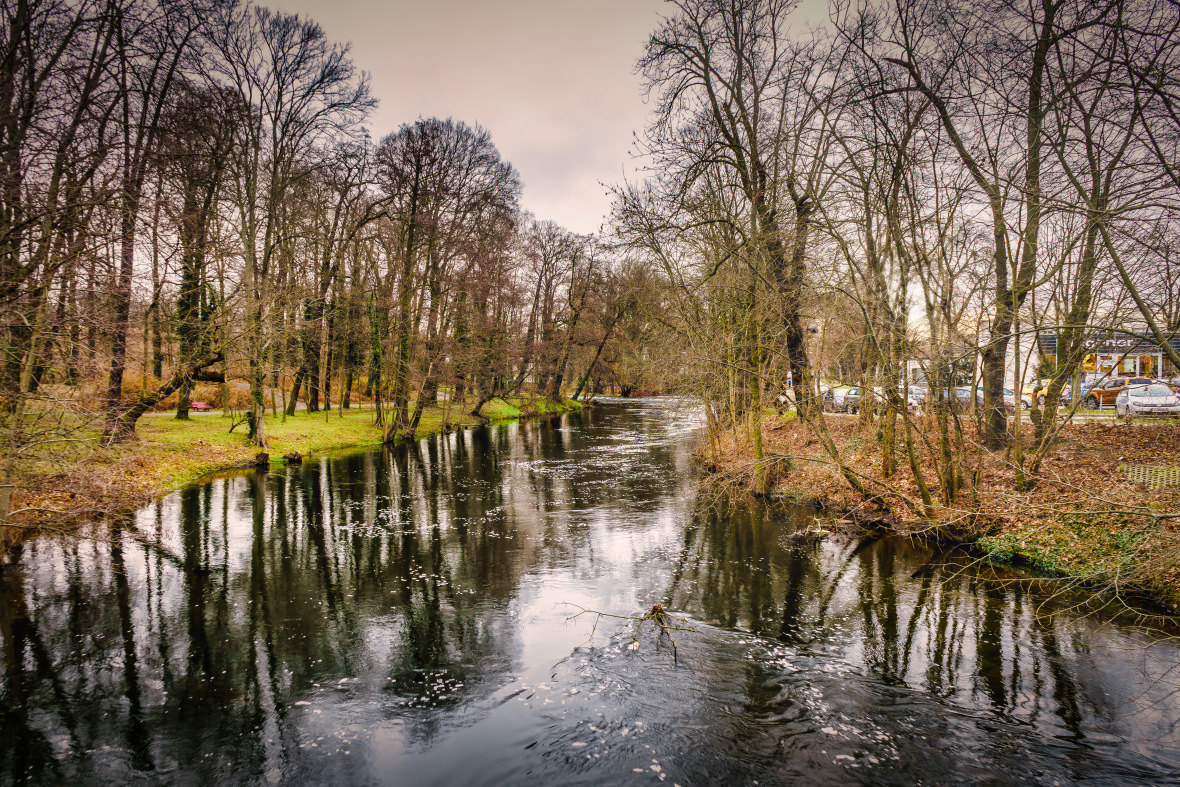It’s been a while since a blog post was added to this site. But rest assured – despite the absence of any entries in cyberspace, The Betterment Society as continued to meet. A recent development has been that we’ve dropped the poetry element of the mix. The last poetry contribution came in the previous selection, when YL picked Alice Oswald’s long form poem Dart. In short, it wasn’t to T&B’s tastes. We soon realised our poetry tastes were wide apart. YL appears to prefer contemporary poetry; T&B prefers the classic. YL doesn’t mind if a poem rhymes, whilst T&B insists a poem should rhyme. We could never agree so we’ve abandoned that element.
With the exception of Dart, at the time of writing I’m failing to remember past selections. However, at some stage, I will update this site with this choices. However, as we’ve just reviewed the Spring 2017 choices, let me briefly outline what was under consideration – our first list without a poem or poet.
The Norfolk Mystery by Ian Sansom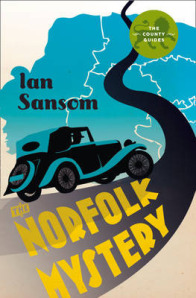
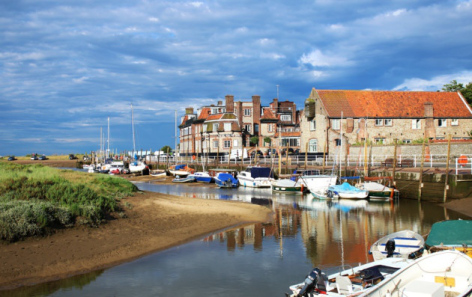 The Blakeney Hotel
The Blakeney Hotel
Set in the late 1930s, this is a humorous, rip-roaring old-style murder mystery, disguised as travel guide. Swanton Morley, a enormously prodigious journalist cum author, with hundreds, if not thousands of titles to his names is advertising for an assistant for his new project: The County Guides. This ambitious project will see Morley produce a guide for every country across England. Morley recruits Stephen Sefton, a young man freshly returned to London after fighting as a volunteer in the Spanish Civil War. Sefton responds to an advert and ends up with the job. He is summoned to Norfolk, to Swanton Morley’s home (interestingly Sansom has borrowed the name of the village of Swanton Morley to lend to his lead character, a village that happens to be located in the heart of Norfolk!).
In Morley’s specially adapted Lagonda (he has a special ‘desk’ installed across the rear seat, allowing him to use his typewriter whilst in transit), the pair are driven to the village of Blakeney on the north Norfolk coast by Morley’s daughter, Miriam, to start the research required for their first guide.
Their first visit is to the church of St Mary’s, a church with an unusual slim second tower. Upon arrival they find a commotion in the church yard, and discover, in the vestry, the hanging body of the vicar. Cue the start of a classic murder investigation with amateur sleuths (Morley and Sefton), bungling policemen and a varied cast of local villagers all written with exaggerated characterisation, but still remaining believable.
We both loved this book and are keen to read to others in the series. Despite this book only being published in 2013, there are already three further County Guides: Death In Devon, Westmoreland Alone, Essex Poison. Plus a fifth is in the offing, provisionally titled The Sussex Murders. In addition, both of us went further. T&B was inspired to delve further into other murder mysteries set in the early 20th century, and has also discovered Robin Stevens’ murder mysteries for children: the Murder Most Unladylike series. Meanwhile YL decided to make a pilgrimage to Norfolk and the village of Blakeney. Fortunately the trip involved nothing grizzly, and the only thing found dead was the excellent dressed crab served for dinner at The Blakeney Hotel (also featured in the book). The visit even involved a visit to St Mary’s Church (pictured at the top of this article) and a climb up the main tower for some stunning views of the village and coast beyond.

View from the tower of St Mary’s Church, Blakeney, looking out over the village and the salt marshes beyond.
Migration by Bonobo
Bonobo is the stage name of British DJ, musician and producer Simon Green. Migration is his sixth studio album and was selected by YL. YL has a couple of Bonobo’s previous albums, specifically Days To Come from 2006 and The North Borders from 2013. Migration was released in early 2017.
There are a mixture of sounds on this album, but all involved sampling and electronica in one form or another. One track is inspired by folk music, another by African dance music. However, overall, there is a strong ambient thread running through the tracks on this album, despite the presence at times of some harder dance drumbeats. It’s a joy to listen to though, for its minimal vocals, and its overall melodic, almost symphonic sound. The album was a hit for both of us, and in particular surprised T&B.
Artist: Wyndham Lewis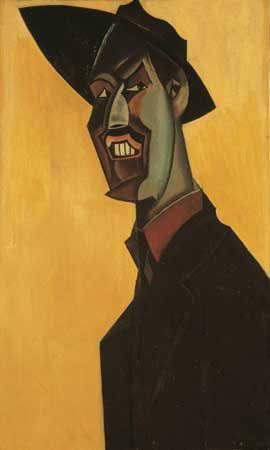
Wyndham Lewis was an author and artist who co-founded the Vorticist movement. We were just concerned with his paintings. His more mainstream works are associated with his time as a war artist during World War One. T&B had picked a book that specifically was focused on his period as a war artist. Overall, our shared view was that we liked and enjoyed some of his works, but not everything. There were two many dark and brooding pictures, which whilst telling powerful stories, were often too overpowering.
Film: Suffragette (2015) dir. Sarah Gavron
Our film choice was Suffragette, a portrayal of the fight for women’s suffrage in Britain at the start of the 20th century. The cast is a roll-call of the finest in female acting talent in the UK and beyond. Carey Milligan play Maud Watts, a young mother working in a laundry in East London. By chance she spots one of her colleagues, Violet Miller (played by Anne-Marie Duff) taking part in a women’s suffrage protest in the West End and is subsequently persuaded to begin attending meetings of the Women’s Social and Political Union. Maud is primarily used as a means to explore more deeply the story of the suffragettes. She eventually gets to meet Emmeline Pankhurst (played by Meryl Streep in very much a cameo-like role). Her presence is very brief, despite being one of the three women on the film poster. We also, along the way, see some of the pivotal moments in the campaign, that have gone down in history, in particular the protest at the 1913 Epsom Derby by Emily Davidson (portrayed the remarkable character actress Natalie Press). We both felt this was a very good and worthwhile film, but were left a little underwhelmed. T&B, in particular, was not convinced by the rapid advancement of working class Maud through the ranks of the suffragette movement.
Advertisements Share this:

